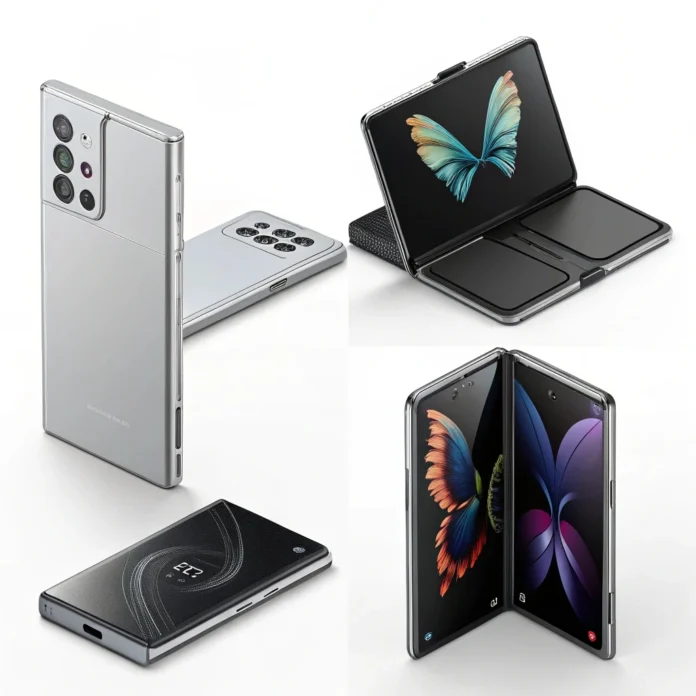Foldable Phones in 2025: Are They Worth the Hype?
In the ever-evolving world of smartphones, 2025 has shaped up to be a pivotal year for foldable phones. What once seemed like a futuristic gimmick is now a legitimate product category with multiple players, diverse designs, and growing consumer interest. But despite the sleek aesthetics and innovative form factors, one big question remains: Are foldable phones in 2025 truly worth the hype?
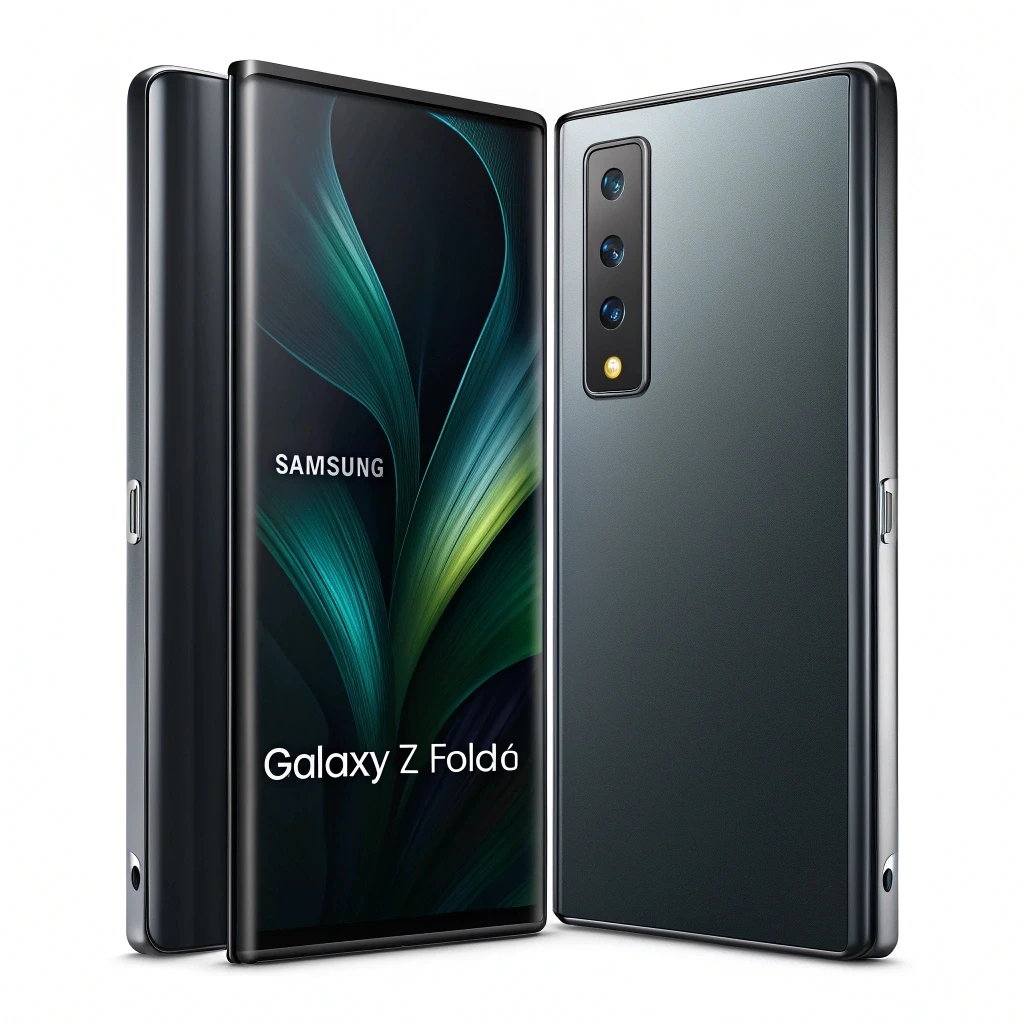
A Maturing Market
The foldable phone segment began its journey with fragile screens, bulky designs, and eyebrow-raising prices. Fast forward to 2025, and the landscape has significantly changed. Tech giants like Samsung, Huawei, Google, Motorola, and even Apple have thrown their hats into the ring, refining their devices over several generations.
Samsung’s Galaxy Z Fold6 and Z Flip6, released earlier this year, demonstrate just how far the technology has come. These devices are more durable, feature near-invisible creases, and offer smoother hinge mechanisms. Google’s Pixel Fold 2 brings a stronger emphasis on productivity and AI integration, while Apple’s long-awaited iFold marks the company’s bold entry into the foldable world, focusing on ecosystem continuity and seamless transitions between devices.
The Benefits of Going Foldable
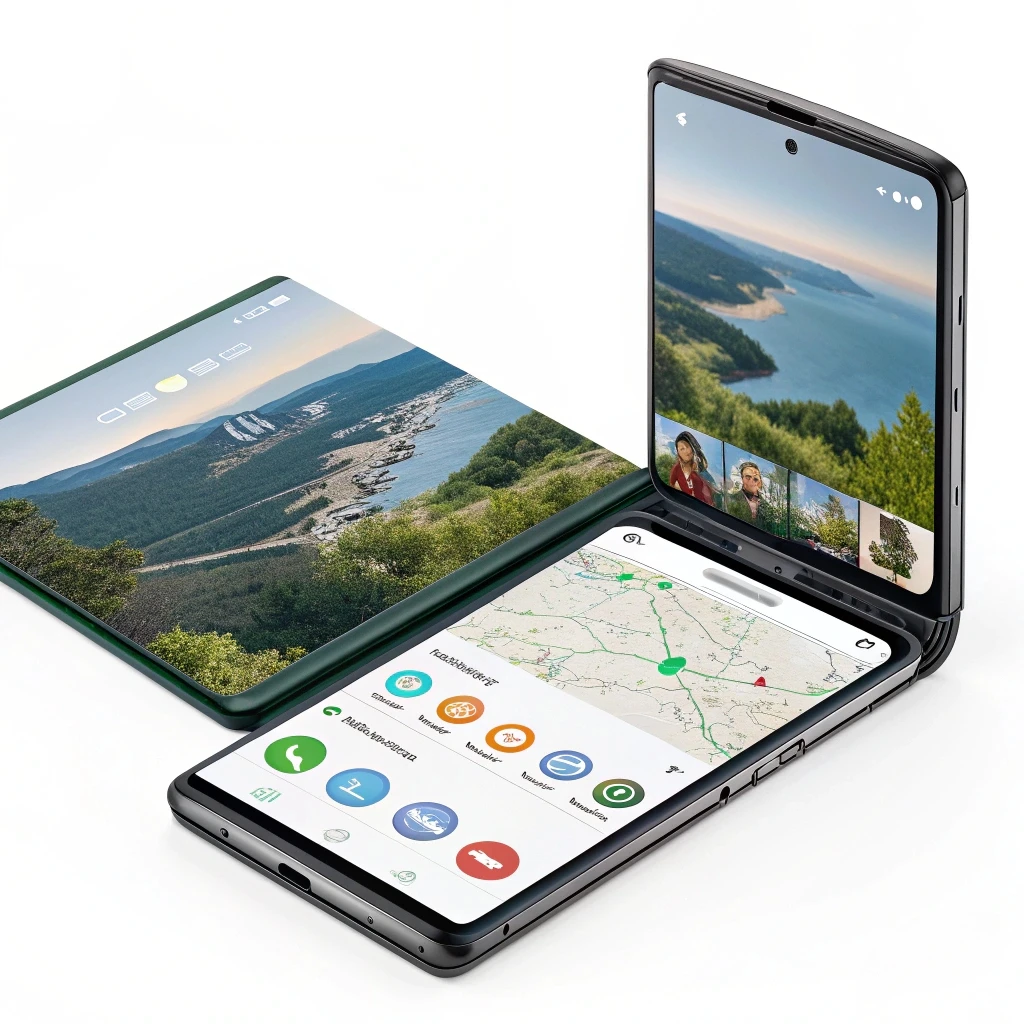
1. Multitasking and Productivity
One of the biggest selling points of foldable phones is multitasking. Foldable phones offer users tablet-like screen real estate in a pocket-sized device. The Z Fold6, for example, allows users to run up to three apps simultaneously, improving productivity for professionals and creatives alike. With stylus support, it blurs the line between smartphone and tablet, making it ideal for note-taking, sketching, and presentations.
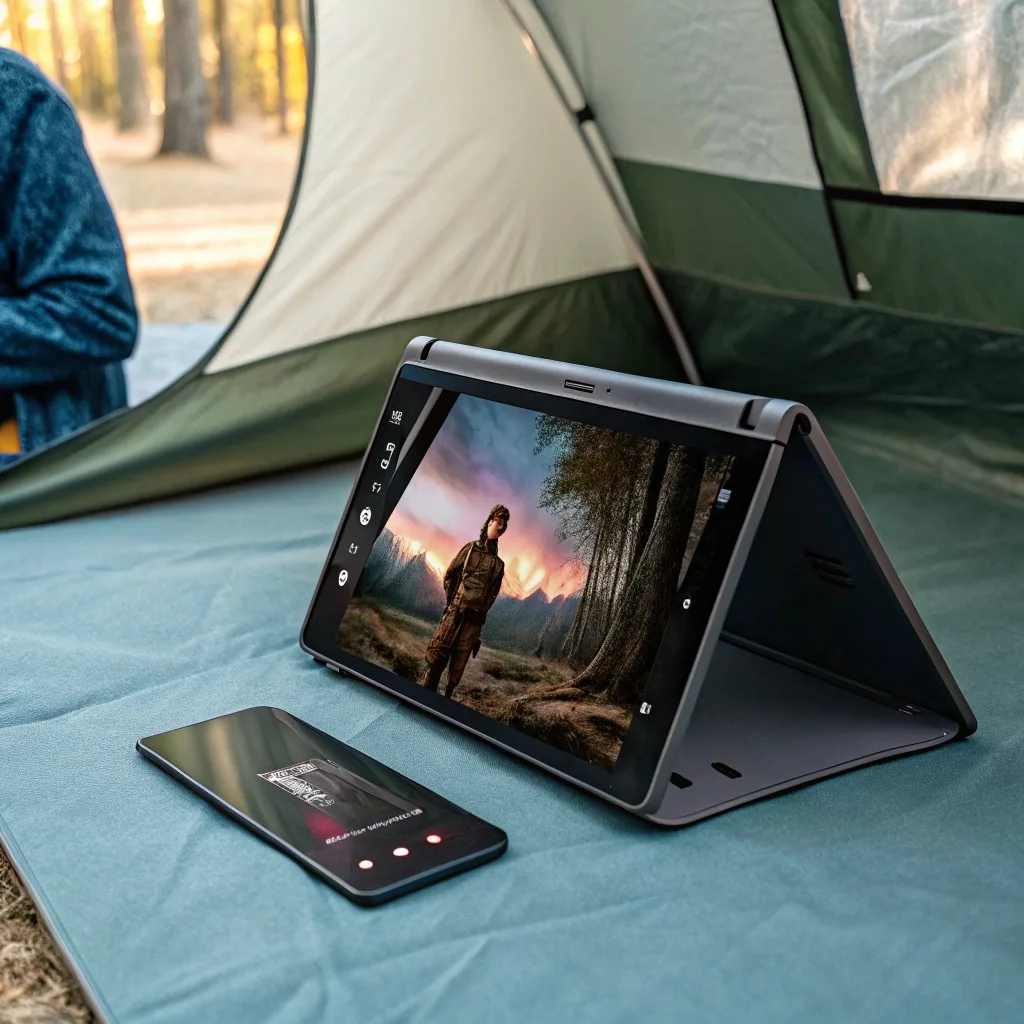
2. Entertainment Experience
Streaming movies, gaming, and reading eBooks on a foldable device is significantly more immersive. The larger, vibrant displays (many of them 120Hz AMOLED panels) provide a better experience compared to traditional smartphones. Devices like the Oppo Find N3 Flip and Xiaomi Mix Fold 3 deliver impressive cinematic visuals in a portable form factor.
3. Innovation and Status Symbol
Let’s face it: foldables are head-turners. Owning a foldable phone still makes a statement in 2025. It suggests you’re on the cutting edge of tech. For some users, that “wow” factor alone justifies the investment.
The Downsides to Consider
Despite all the progress, foldable phones aren’t perfect. Here are a few things to keep in mind before buying one in 2025:
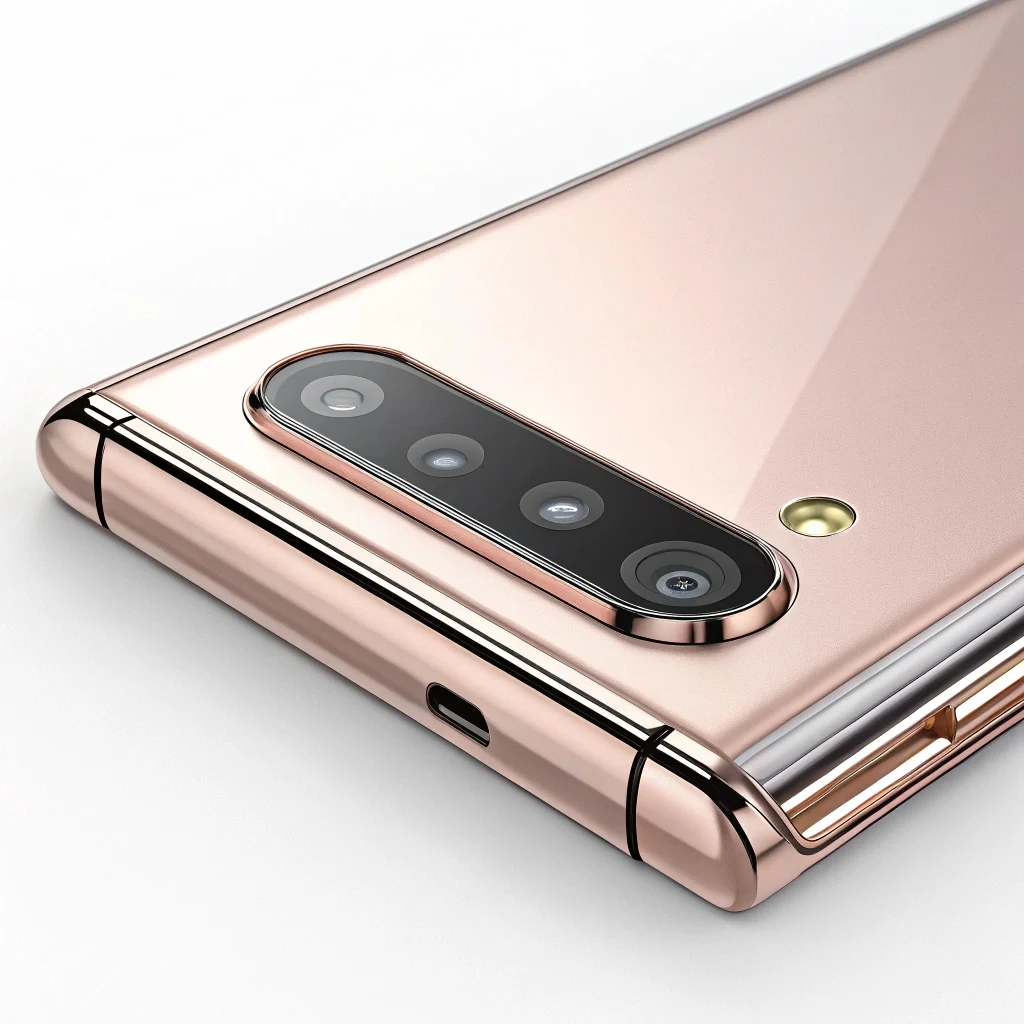
1. Durability Concerns
While newer foldables are more robust than their early versions, durability is still a concern. Flexible screens are inherently more delicate than traditional glass displays. Although companies have made strides in water and dust resistance (IPX8 ratings are becoming common), these devices still require more care.
2. High Price Tags
Foldables are premium devices with premium pricing. Most models in 2025 still start at around $1,500 and go up from there. The iFold, for instance, launched with a price tag north of $1,800. For many consumers, that’s a hefty investment for features that may not significantly enhance their everyday usage.
3. Battery Life and Bulk
Foldable phones tend to be thicker and heavier due to the hinge mechanisms and dual batteries. While battery optimization has improved, large foldable displays naturally consume more power. If you’re a heavy user, carrying around a power bank might still be necessary.
4. App Optimization
Although software optimization has improved dramatically, not all apps are designed with foldable screens in mind. Some still suffer from poor scaling, weird aspect ratios, or limited functionality on larger screens. This can be frustrating, especially when paying a premium for the device.
Who Should Consider a Foldable in 2025?
Foldable phones are not for everyone, but they shine in specific use cases:
- Business professionals who multitask or travel frequently.
- Content creators who benefit from larger screens for editing or managing media.
- Early adopters and tech enthusiasts who value innovation.
- Luxury buyers looking for devices that stand out in design and functionality.
If you’re someone who primarily uses their phone for calls, messaging, and casual browsing, a foldable might not justify the cost. But if your smartphone is your main productivity tool, the extra screen space and multitasking features could be game-changers.
The Competition is Catching Up
Interestingly, the hype around foldables has pushed traditional smartphone manufacturers to innovate faster. Devices like the OnePlus 12, iPhone 16 Pro, and Galaxy S25 Ultra still command major market shares due to their incredible performance, camera systems, and longevity — often at lower prices.
This means foldables are no longer the only choice for top-tier specs. The competition is pushing foldables to improve rapidly, which benefits consumers in the long run.
What’s Next for Foldables?
As we look ahead, the future of foldables seems promising. Here are a few trends shaping the next wave:

- Rollable Displays: Devices that expand horizontally or vertically without folding could hit the market soon, offering even sleeker form factors.
- More Affordable Models: Brands like Tecno and Honor are working on budget-friendly foldables, aiming to democratize access.
- Better Software Ecosystems: Companies are prioritizing foldable-first software, with Android 15 introducing native support for dynamic UI adjustments.
Foldables could also play a key role in wearable computing and modular devices, potentially blending into AR glasses, smart accessories, or hybrid laptops in the near future.
Final Verdict: Are They Worth the Hype?
Yes — but with caveats.
Foldable phones in 2025 are not just a passing fad. They are evolving into practical, versatile, and powerful devices. However, they are not yet mainstream in terms of pricing, durability, or universal appeal. They make sense for power users, business professionals, or anyone who wants to experience the future of mobile tech today.
For the average consumer, the excitement around foldables may still seem disproportionate to their practical value — but this gap is closing quickly. As prices drop and tech improves, foldables are likely to become the norm rather than the exception.
In the meantime, if you’re considering one, weigh the pros and cons carefully. Foldables in 2025 are no longer prototypes — they’re polished, premium, and pushing the boundaries of what smartphones can be.


